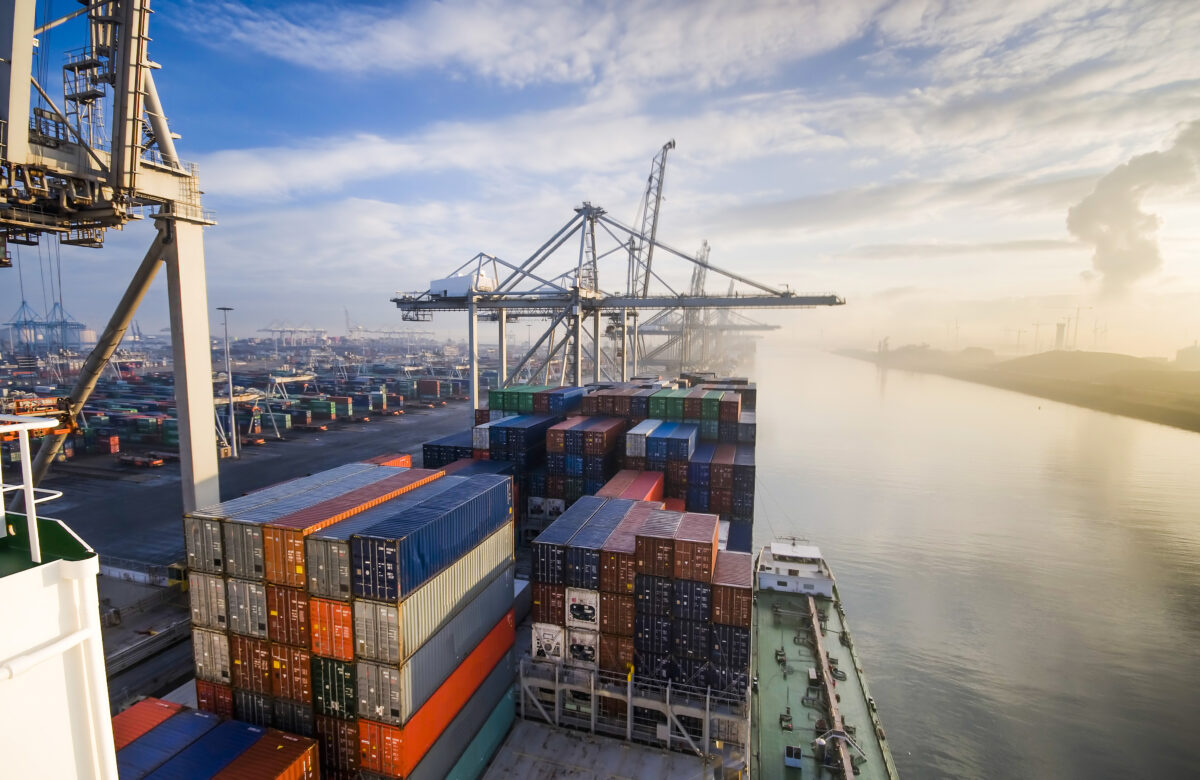The Hamburg Freeport will be closed on 1 January 2013. The checks at the borders of Hamburg’s free port that had been carried out up to then will thus no longer be necessary. The abolition of the borders of the free port does not only bring advantages but also considerable changes in the logistics chain.
Until now, the free port of Hamburg was a free zone within the meaning of Art. 166 of the Customs Code (CC). These were parts of the customs territory of the Community or premises located in that territory which are separate from the rest of the customs territory and in which goods could be stored indefinitely and independently of commercial policy measures (Art. 166 lit. a CC). The European Union now wants such free zones to be pushed back.
Seezollhafen Hamburg replaces the Hamburg Freeport
For this reason, the free port of Hamburg is now being dissolved and transformed into a sea customs port. The port of sea customs is no longer a free zone. Both the port and the access routes to the sea customs port are now customs inland as customs roads (cf. § 2 Paragraph 4 ZollVG). The port of sea customs is not expressly regulated in the Customs Code, not least because it is not a customs procedure. The Customs Ordinance and the Customs Administration Act do not contain this term either.
The most important difference to the free port is that goods may no longer be stored indefinitely. Rather, goods which do not come from the European Union (non-Community goods) may only be stored there temporarily.
The goods must also be placed in the port of Hamburg after unloading. As a rule, it is sufficient to send the electronic summary application (ENS). After presentation, the goods are given the status of “temporary storage”. The goods must therefore be assigned a customs-approved treatment or use within 20 days for further land transport and within 45 days for sea transport at the time of the customs declaration. This follows from the fact that the Customs Code does not contain any special provisions relating to the port of sea customs. The general provisions of Art. 48, 49 para. 1 CCC therefore apply. The customs-approved treatment and use includes all common customs procedures, e.g.
- Clearance for free circulation
- internal / external transit procedure
- inward processing
- outward processing
- Conversion procedure
- temporary use
- (re-)export procedures
- Customs warehousing procedure
Entry for the customs warehousing procedure
If the goods must or should be stored in the port of entry for more than 20 days or 45 days respectively, they must ultimately be placed under a customs warehousing procedure. The goods can then continue to be stored there for a long time. However, the customs warehousing procedure is accompanied by formalities. This requires a permit from the responsible customs authority. If you do not want to operate your own customs warehouse, you may have to rely on an external service provider to whose customs warehouse you import the goods.
It may be worthwhile to place the goods under the customs warehousing procedure, as the goods are exempt from duties for the duration of storage. In addition, some trade policy measures are suspended during storage, such as the presentation of import licences or certificates of origin.
Storage and maintenance operations in the port of sea customs
It is particularly important to note the differences if the stored goods are to be labelled or packaged, for example. Whereas in the free port all normal handling and customs warehousing procedures were permitted, in the port of entry for sea customs clearance only conservation measures are permitted in accordance with Art. 52 CC. If measures going beyond mere conservation are to be carried out, the goods must be placed under the customs warehousing procedure.
Test customs procedures via port of clearance now
In order to ensure a seamless transition between the old and new customs procedures, the Waltershof customs office has agreed to treat imports of goods as if they were made through a port of entry for sea customs from 1 December 2012. This transition concept should be used to avoid conversion problems. As of 01.01.2013, only processing under the procedure of the sea customs port will be possible.
Do you have any questions about the consequences of the dissolution of the free port and the new sea customs port of Hamburg? Then contact us. We are happy to help!
Dieser Artikel wurde am 16. August 2018 erstellt. Er wurde am 30. September 2023 aktualisiert. Die fachliche Zweitprüfung hat Rechtsanwalt Dr. Tristan Wegner durchgeführt.

